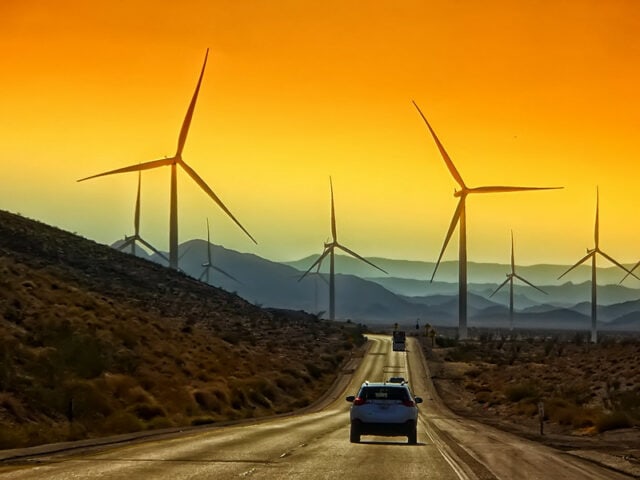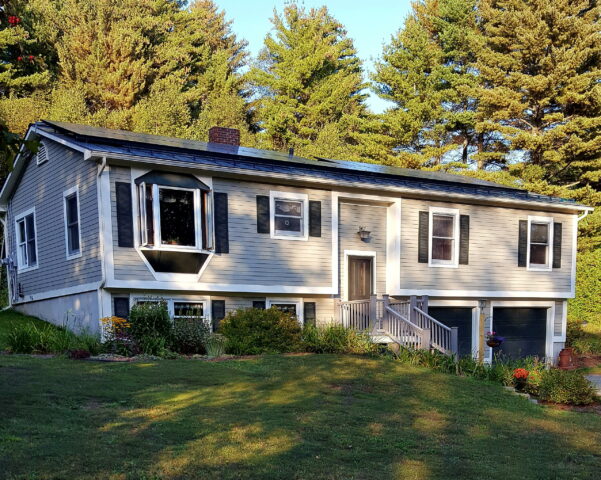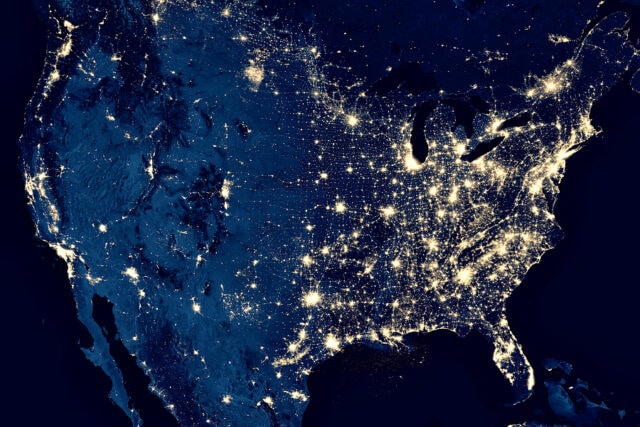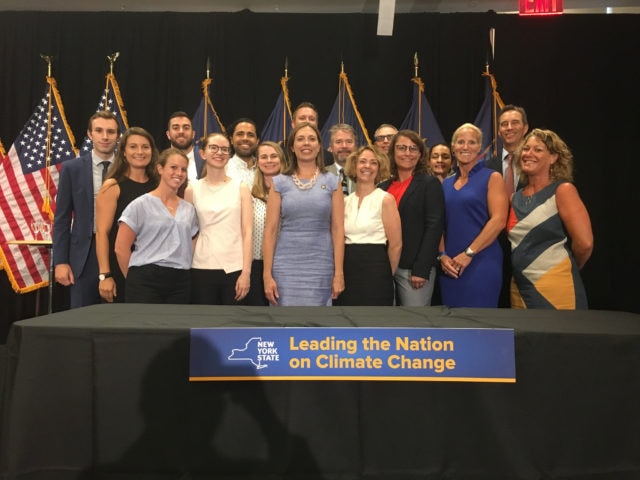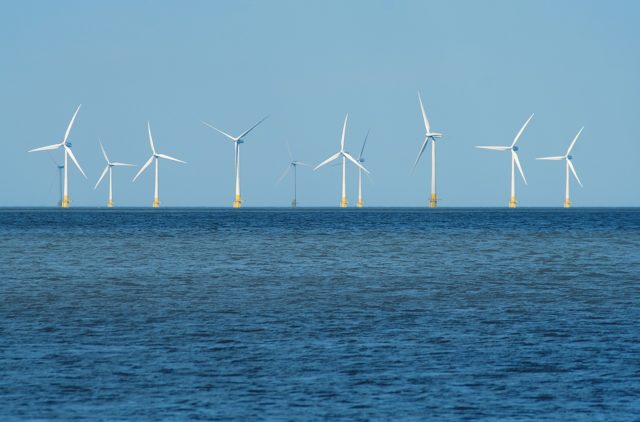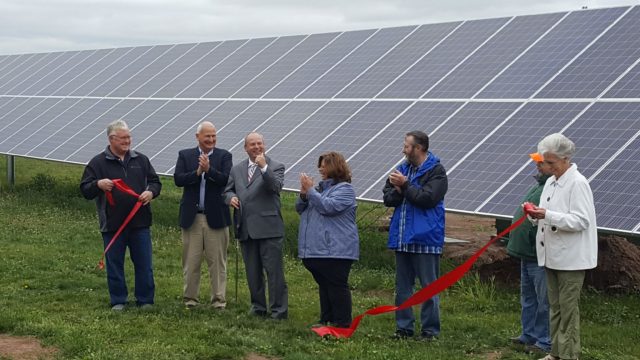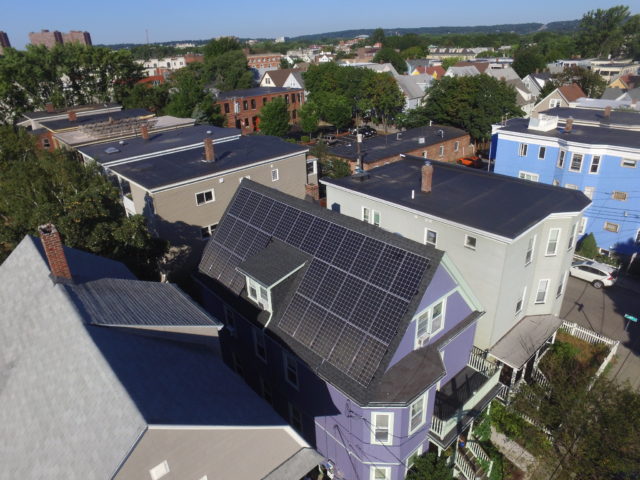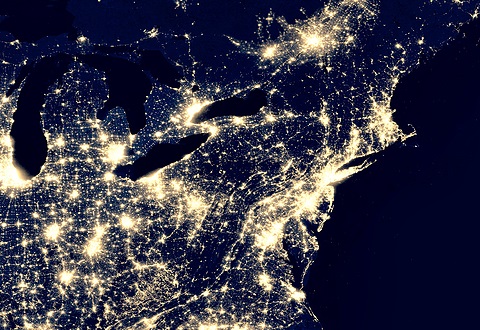General
Cleaning Up the Power Grid Requires a Federal-State Partnership
As the Biden Administration takes the reins of power and Democrats take control of the Senate, the prospects for real action on climate change have increased. President Biden has announced support for moving to a zero-emissions power sector by 2035. States are leading the way, with 17 states plus the District of Columbia and Puerto…
Read more...Going Solar+Storage in Vermont: CESA’s Janice Ouellette Shares Her Story
My husband Dan and I feel very fortunate to live in the “Green” Mountain State of Vermont. In recent years, programs have emerged that have brought clean, renewable and affordable energy to the residential sector in the form of solar PV plus battery storage. Our path to solar plus storage has been a two-stage process,…
Read more...Three Reasons to Support CESA
Dear Colleague, As you are thinking about end-of-the-year charitable contributions, let me give you three reasons to consider including the Clean Energy States Alliance (CESA) in your giving; 1. There is a unique opportunity to slow climate change. The new administration coming to Washington will give high priority to global warming and clean energy. As…
Read more...NYSERDA’s Award-Winning Offshore Wind Program
Since 2016, the New York State Energy Research and Development Authority (NYSERDA) has been working to develop offshore wind in the most responsible and cost-effective way possible. Its first procurement of offshore wind power has demonstrated the resounding success of its years of careful study, stakeholder engagement and planning. New York’s goal of 9,000 megawatts…
Read more...SMUD’s Energy StorageShares Program: The First Virtual Energy Storage Program in the US
SMUD’s innovative Energy StorageShares program is the first virtual energy storage program in the US. StorageShares allows SMUD’s commercial customers to invest in an off-site battery storage system and enjoy energy cost savings without siting batteries at their facilities. In this newly launched pilot program, eligible commercial customers make an up-front payment to SMUD for…
Read more...New York State announces second offshore wind solicitation for up to 2,500 MW of projects
New York State issued its second offshore wind solicitation for 1,700 MW up to 2,500 MW—the largest such solicitation in the United States. The state’s first offshore wind solicitation in 2017 resulted in contracts for 1,700 MW of wind energy. Offshore wind is positioned to help New York achieve its goal of 50% renewable generation…
Read more...Michigan Solar Communities: Using a Community Solar Model to Expand Solar Access to Low- and Moderate-Income Communities
The Michigan Department of Environment, Great Lakes, and Energy’s (EGLE) Low- to Moderate- Income Access Program uses a community solar model to enable customers to access solar, obtain weatherization services, and save on their electric bills. The program represents a close partnership between two local electric utilities (Cherryland Electric Cooperative and the Village of l’Anse…
Read more...Energy Trust of Oregon’s Inclusive Innovation Project: Leveraging Community Expertise to Develop Equitable Solar Programs
Energy Trust of Oregon has a long history of clean energy innovation; it was involved in expanding the first Solarize program in the country in 2009. More recently, Energy Trust’s Inclusive Innovation Project sought to adapt innovative business development models to create effective solar programs that reach under-resourced customers throughout Oregon. Over the past four…
Read more...The Mass Solar Loan Program: Bringing Solar Ownership to Low-Income Homeowners
The Mass Solar Loan Program, launched by the Massachusetts Clean Energy Center (MassCEC) and the Massachusetts Department of Energy Resources (DOER) in 2015, combines strategic incentives and partnerships with local banks and credit unions to increase access to solar PV financing, while creating a robust solar lending market. Most recently, its incentives have focused exclusively…
Read more...Massachusetts and Vermont crack the code on distributed energy storage
In 2019, Massachusetts commenced a nation-leading experiment by, for the first time, incorporating behind-the-meter energy storage into the Commonwealth’s three-year energy efficiency plan, through the ConnectedSolutions program, as a peak demand reducing measure. The state argued that this represented a new type of efficiency. Batteries do not generally reduce net consumption of electricity – the…
Read more...
